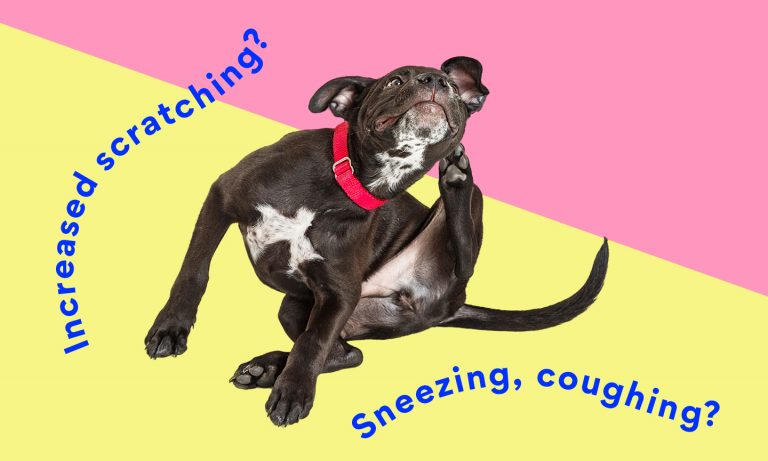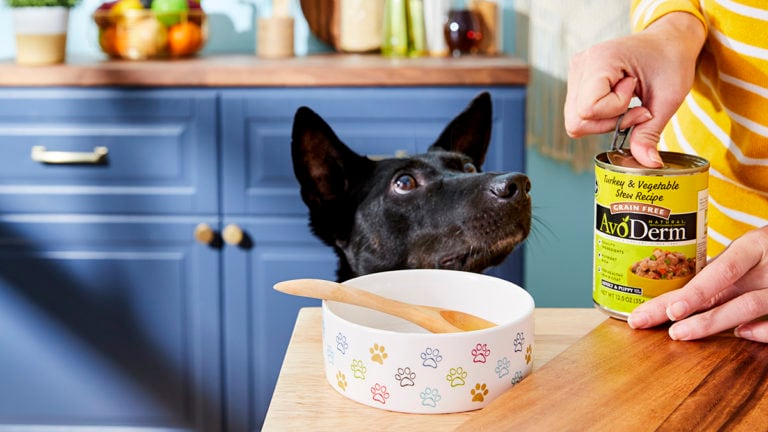Skin Problems in Cavalier King Charles Spaniels
Veterinarians are consulted by dog owners for skin problems more than for any other group of diseases or maladies. Dogs’ skin is almost as sensitive as human skin and both suffer almost the same ailments, though the occurrence of acne in dogs is rare! For this reason, veterinary dermatology has developed into a specialty practiced by many veterinarians.
Since many skin problems have visual symptoms that are almost identical, it requires the skill of an experienced veterinary dermatologist to identify and cure many of the more severe skin disorders. Pet shops sell many treatments for skin problems but most of the treatments are directed at symptoms and not the underlying problem(s). If your dog is suffering from a skin disorder, you should seek professional assistance as quickly as possible. As with all diseases, the earlier a problem is identified and treated, the more successful can be the cure.
Hereditary Skin Conditions
Veterinary dermatologists are currently researching a number of skin disorders that are believed to have hereditary bases. These inherited diseases are transmitted by both parents, who appear (phenotypically) normal but have a recessive gene for the disease, meaning that they carry, but are not affected by, the disease. These diseases pose serious problems to breeders because in some instances there are no methods of identifying carriers, although the occurrence of these diseases in Cavaliers is not too common. Sometimes the secondary diseases associated with these skin conditions are even more debilitating than the skin disorders themselves, including cancers and respiratory problems.
Among the hereditary skin disorders, for which the mode of inheritance is known, are acrodermatitis, cutaneous asthenia (Ehlers-Danlos syndrome), sebaceous adenitis, cyclic hematopoiesis, dermatomyositis, IgA deficiency, color dilution alopecia and nodular dermatofibrosis. Some of these disorders are limited to one or two breeds, while others affect a large number of breeds. If you detect any growths or other abnormalities on your Cavalier’s skin, report it to your veterinarian immediately. All inherited diseases must be diagnosed and treated by a veterinary specialist.
Parasite Bites
Many of us are allergic to insect bites. The bites itch, erupt and may even become infected. Dogs have the same reaction to fleas, ticks and or mites. When an insect lands on you, you have the chance to whisk it away with your hand. Unfortunately, when your dog is bitten by a flea, tick or mite, it can only scratch it away or bite it. By the time the dog has been bitten, the parasite has done some of its damage. It may also have laid eggs to cause further problems in the near future. The itching from parasite bites is probably due to the saliva injected into the site when the parasite sucks the dog’s blood.
Auto-Immune Skin Conditions
Auto-immune skin conditions are commonly referred to as being allergic to yourself, while allergies are usually inflammatory reactions to an outside stimulus. Auto-immune diseases cause serious damage to the tissues that are involved.
The best known auto-immune disease is lupus, which affects people as well as dogs. The symptoms are variable and may affect the kidneys, bones, blood chemistry and skin. It can be fatal to both dogs and humans, though it is not thought to be transmissible. It is usually successfully treated with cortisone, prednisone or a similar corticosteroid, but extensive use of these drugs can have harmful side effects.
Airborne Allergies
Just as humans have hay fever, rose fever and other fevers from which they suffer during the pollinating season, many dogs suffer from the same allergies. When the pollen count is high, your dog might suffer but don’t expect him to sneeze and have a runny nose as a human would. Dogs react to pollen allergies the same way they react to fleas— they scratch and bite themselves. Dogs, like humans, can be tested for allergens. Discuss the testing with your veterinary dermatologist.
Food Problems and Food Allergies
Dogs are allergic to many foods that are best-sellers and highly recommended by breeders and veterinarians. Changing the brand of food that you buy may not eliminate the problem if the element to which the dog is allergic is contained in the new brand.
Recognizing a food allergy is difficult. Humans vomit or have rashes when we eat a food to which we are allergic. Dogs neither vomit nor (usually) develop a rash. They react in the same manner as they do to an airborne or flea allergy: they itch, scratch and bite. This makes the diagnosis extremely difficult. While pollen allergies and parasite bites are usually seasonal, food allergies are year-round problems.
Food Intolerance
Food intolerance is the inability of the dog to completely digest certain foods. For example, puppies that may have done very well on their mother’s milk may not do well on cow’s milk. The result of this food intolerance may be loose bowels, passing gas and stomach pains. These are the only obvious symptoms of food intolerance and that makes diagnosis difficult.
Treating Food Problems
It is possible to handle food allergies and food intolerance yourself. Put your dog on a diet that he has never had. Obviously if he has never eaten this new dog food he can’t have been allergic or intolerant of it. Start with a single ingredient that is not in the dog’s diet at the present time. Ingredients like chopped beef or chicken are common in dog’s diets, so try something different like lamb or fish. Keep the dog on this diet (with no additives) for a month. If the symptoms of food allergy or intolerance disappear, chances are your dog has a food allergy.
Don’t think that the single ingredient cured the problem. You still must find a suitable diet and ascertain which ingredient in the old diet was objectionable. This is most easily done by adding ingredients to the new diet one at a time. Let the dog stay on the modified diet for a month before you add another ingredient. Eventually, you will determine the ingredient that caused the adverse reaction.
An alternative method is to carefully study the ingredients in the diet to which your dog is allergic or intolerable. Identify the main ingredient in this diet and eliminate the main ingredient by buying a different food that does not have that ingredient. Keep experimenting until the symptoms disappear after one month on the new diet.
Excerpts from “Comprehensive Owner’s Guide: Cavalier King Charles Spaniel”
Featured Image: Lari Cavalier/Shutterstock.com
Share:









